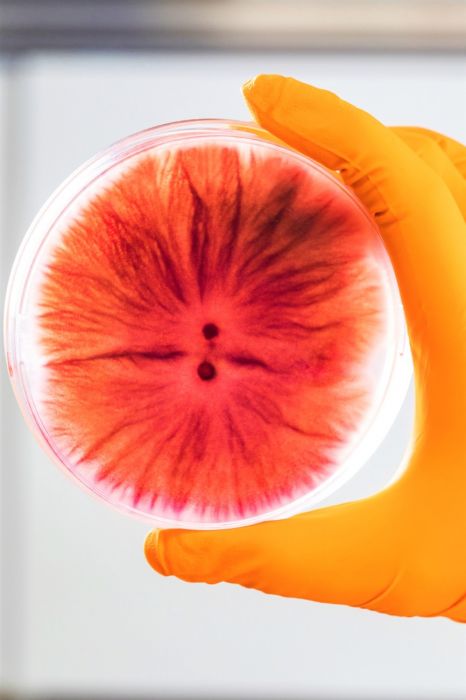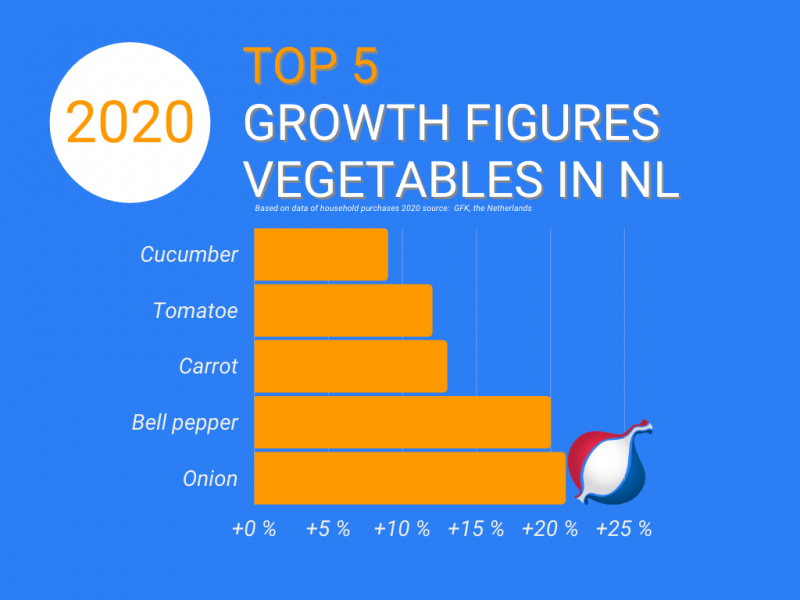new videoclip - future food source
For every newsletter we publish a new videoclip on our HOA YouTube channel. In our new video clip ‘future food source’ we show you why the world's largest agri-food companies have their most important R&D sites in the Netherlands. Because of its world-class research institutes in the field of sustainability and food innovation and its numerous public-private partnerships, the Netherlands has the second highest private R&D investment in agrifood in Europe A great example of this is the unique, long-term, public-private, onion research programme Uireka (www.uireka.nl).

Actually, the Netherlands is a relatively tiny country on the globe. Just 41,543 square kilometres in total. And yet, this small, flat country is globally recognised as a textbook example for smart, sustainable agriculture. The Netherlands, as the largest vegetable exporter in the world, is a perennial powerhouse and an important source of food.
From the sky, the Netherlands looks like a fragmented patchwork of freshgreen agricultural fields and carefully cultivated arable plots of land. The vegetable crop yields continue to rise. The total export value was again 11% higher in 2019 than in 2018.
The Dutch agricultural expertise is an important key to this. Wageningen University & Research Centre, based in the Food Valley, is a global focal point for science and research on food and onions.
Resistance found in the wild relatives Allium Roylei and Allium Fistulosum has yielded a lot of valuable information.
Because we're facing real challenges. In the next 50 years, our world needs more food than we've produced in the past 8,000 years. And 0ne third of our food is wasted before we can consume it.
Covid 19 has also raised the need for health security. Domestic consumption alone of Holland Onions has increased 21% in 2020.

To keep up with the worldwide demand for onions, the productivity must increase. This can be achieved by increasing the disease resistance and resilience of the onion crop.
Below ground, there's much attention on AM fungi. Because of the natural cooperation between the onion root system and the network of fungal threads, more nutrients can be absorbed.
Global warming results in extreme dry and wet periods and extreme heat. Wild varieties that are more robust against this, have more extensive root systems.
A high level of thrip resistance was found in the wild Allium family. By crossing the plants manually, we expect to gain insight into the underlying mechanism of pest-pathogen interactions.
Fusarium bulb rot is a great threat. A difference in Fusarium resistance between onions and shallots was found. Shallots produce saponins that have an antifungal effect and can possibly prevent infection by Fusarium fungi.
Onion varieties that can cope with less water and nutrients need less natural resources.
Studies are ongoing to reduce MH, and thus increase shelf life, by storing in a low-oxygen environment which puts the bulb to ‘sleep’.
We are on the brink of revealing the full sequence of the onion genome. With a DNA map, useful properties of the onion can be traced in a more targeted way. Together with the genetic studies of the wild varieties, this will rapidly increase the resilience of the Dutch onion crop.
And this is extremely useful for our future contribution to the worldwide food supply.
Click here to view our newest videoclip future food source. If you would like to receive our newest videos automatically, you can subscribe to our HOA YouTube channel here.
